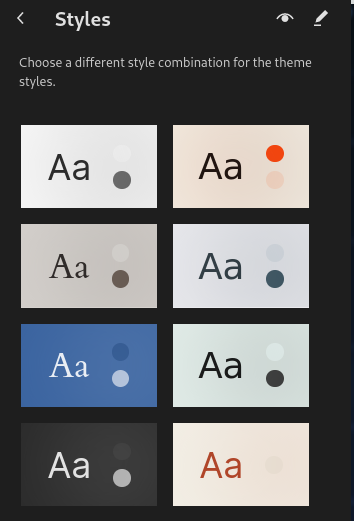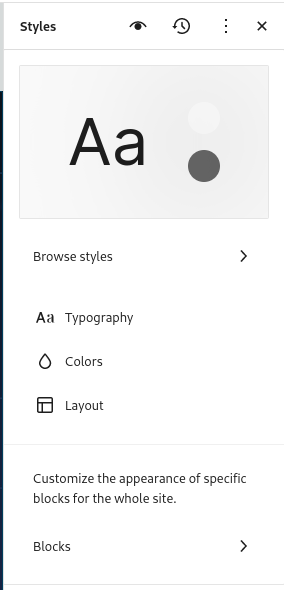In a prior post we installed USBIP and used it manually, in this post I will set it up “the correct Debian(systemd) way”.
But first, for completeness sake, we will go through installation progress again, first install the package:
root@host:~# apt-get install usbip
Load the main module and make it persistent:
root@server:~# modprobe usbip_core
root@server:~# modprobe usbip_host
root@server:~# echo usbip_core >> /etc/modules
root@server:~# echo usbip_host >> /etc/modules
Create service-file for usbip-deamon, create /etc/systemd/system/usbipd.service with following content:
[Unit]
Description=Usbipd
After=network.target
[Service]
Type=forking
ExecStart=/usr/sbin/usbipd -D
[Install]
WantedBy=multi-user.target
Enable and start it:
root@server:~# systemctl enable usbipd --now
Created symlink /etc/systemd/system/multi-user.target.wants/usbipd.service → /etc/systemd/system/usbipd.service.
Then we need a systemd service file for sharing usb-devices, create /etc/systemd/system/usbip-device@.service containing the following:
[Unit]
Description=USBIP Device %I
Requires=usbipd.service
After=usbipd.service
[Service]
RemainAfterExit=yes
ExecStart=/usr/sbin/usbip bind --busid=%i
ExecStop=/usr/sbin/usbip unbind --busid=%i
[Install]
WantedBy=multi-user.target
And Finally start and enable this pseudo-service:
root@server:/etc/systemd/system# systemctl enable usbip-device@3-3 --now
Created symlink /etc/systemd/system/multi-user.target.wants/usbip-device@3-3.service → /etc/systemd/system/usbip-device@.service.
Try to reboot and verify from the client:
root@backup2:~# usbip list -r backup1
Exportable USB devices
======================
- backup1
3-3: Sony Corp. : unknown product (054c:05b9)
: /sys/devices/pci0000:00/0000:00:10.0/usb3/3-3
: (Defined at Interface level) (00/00/00)











